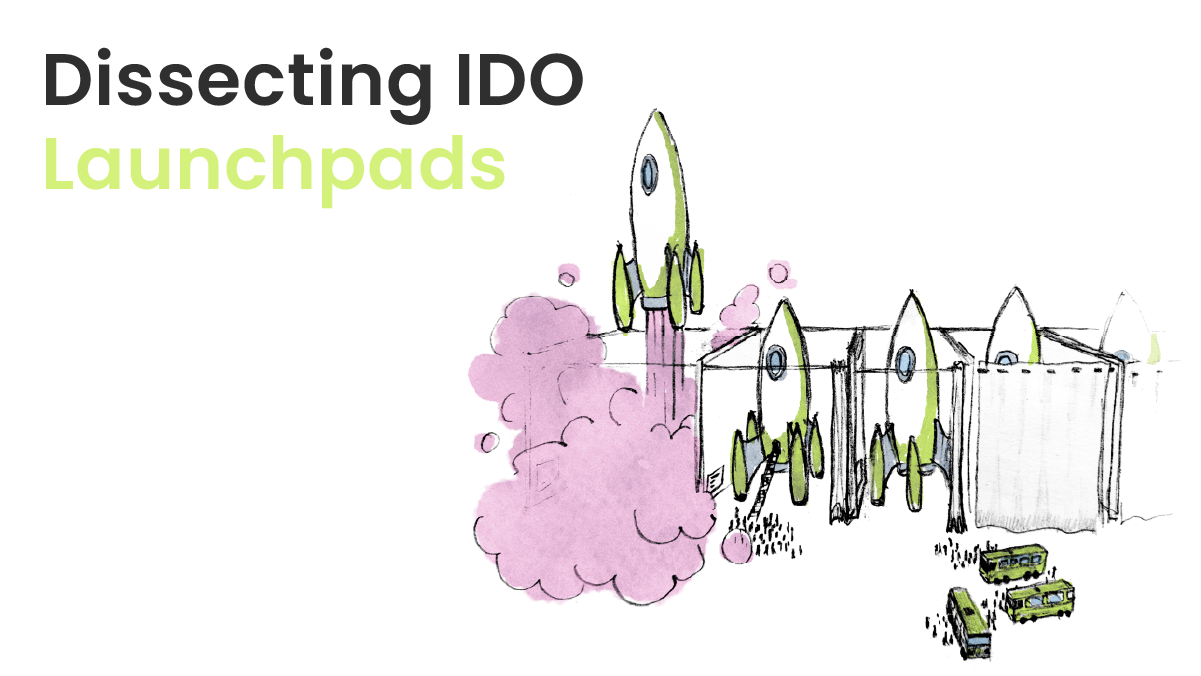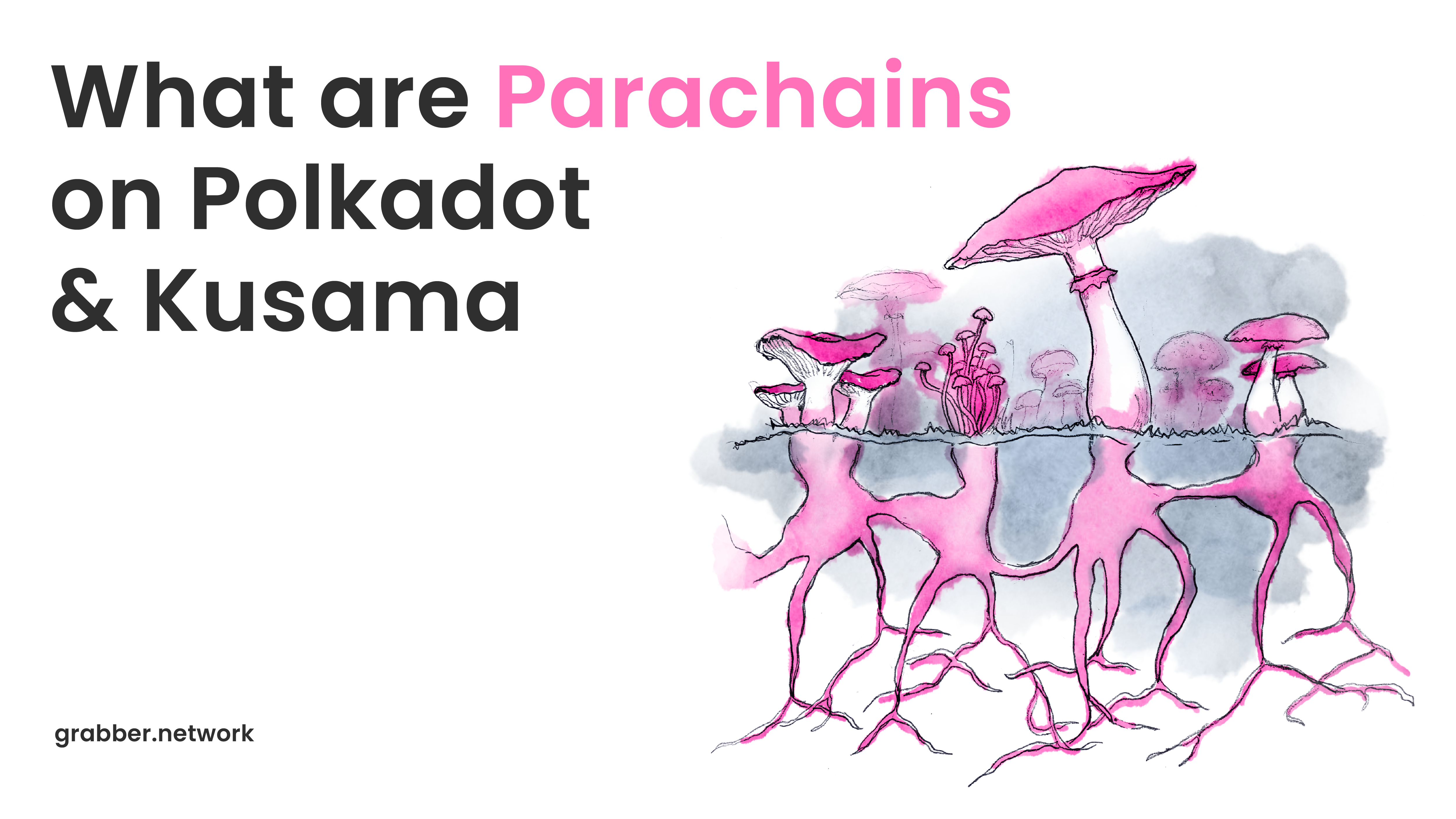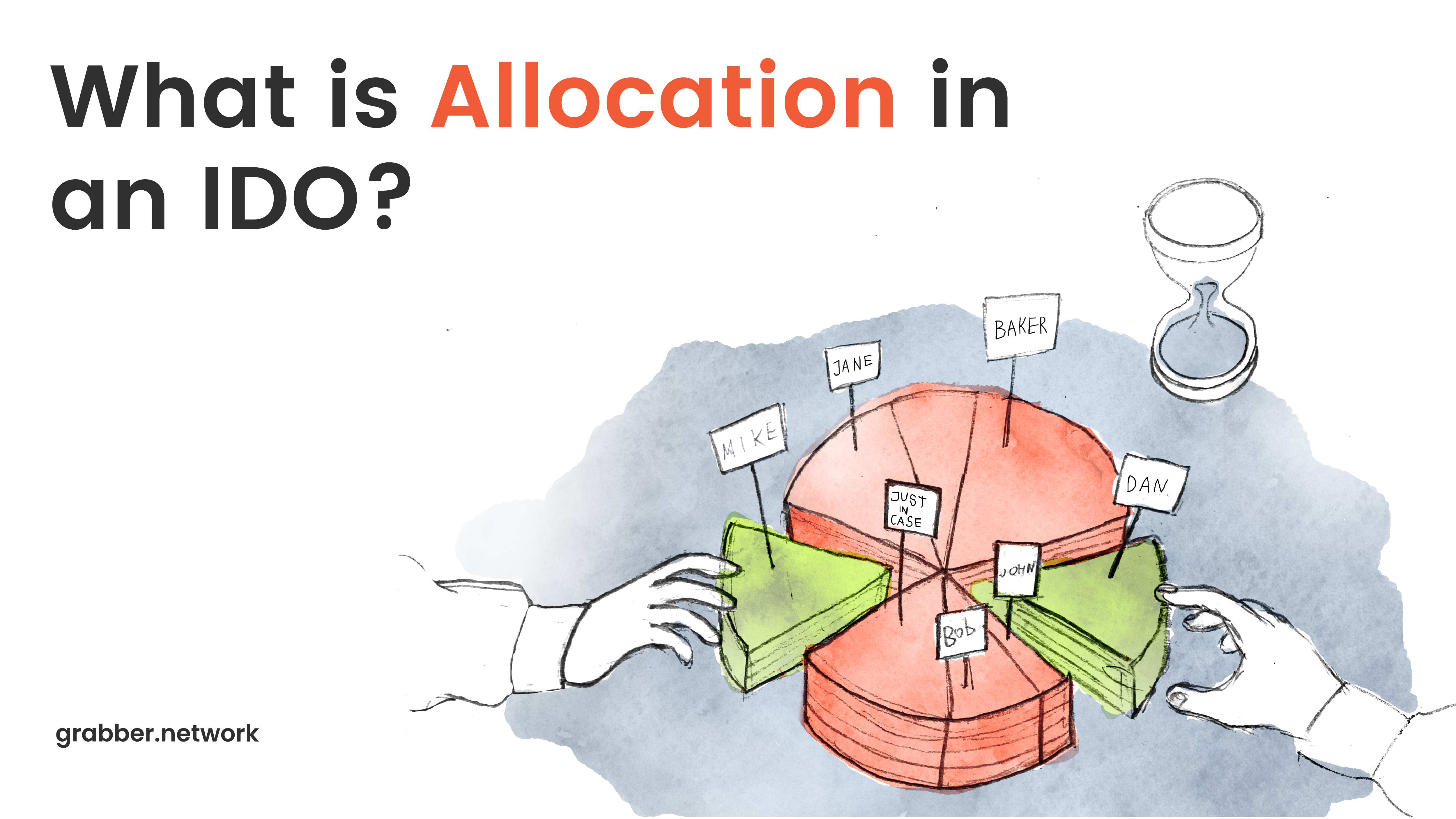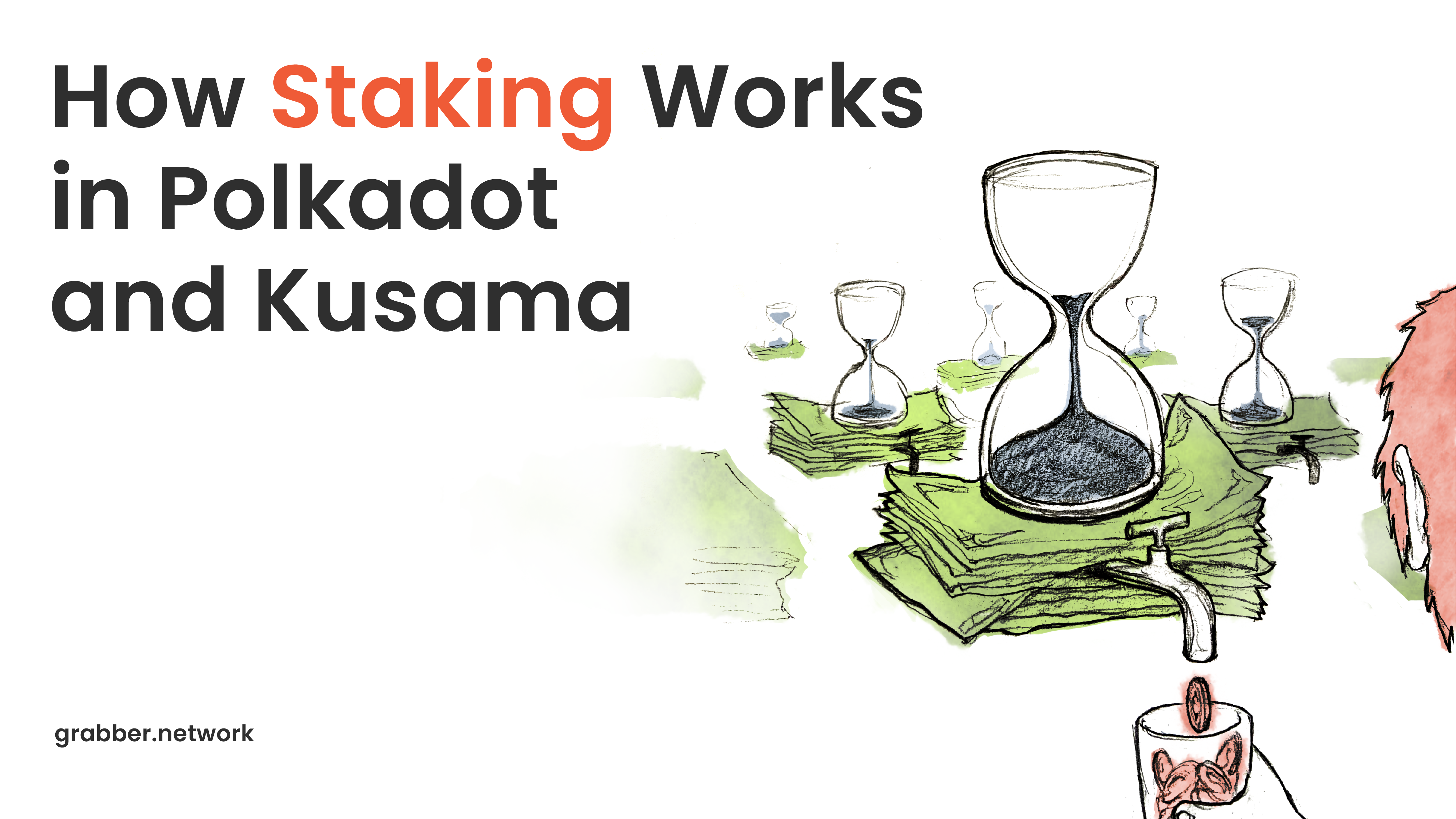What Is an NFT? Non-fungible Tokens Explained
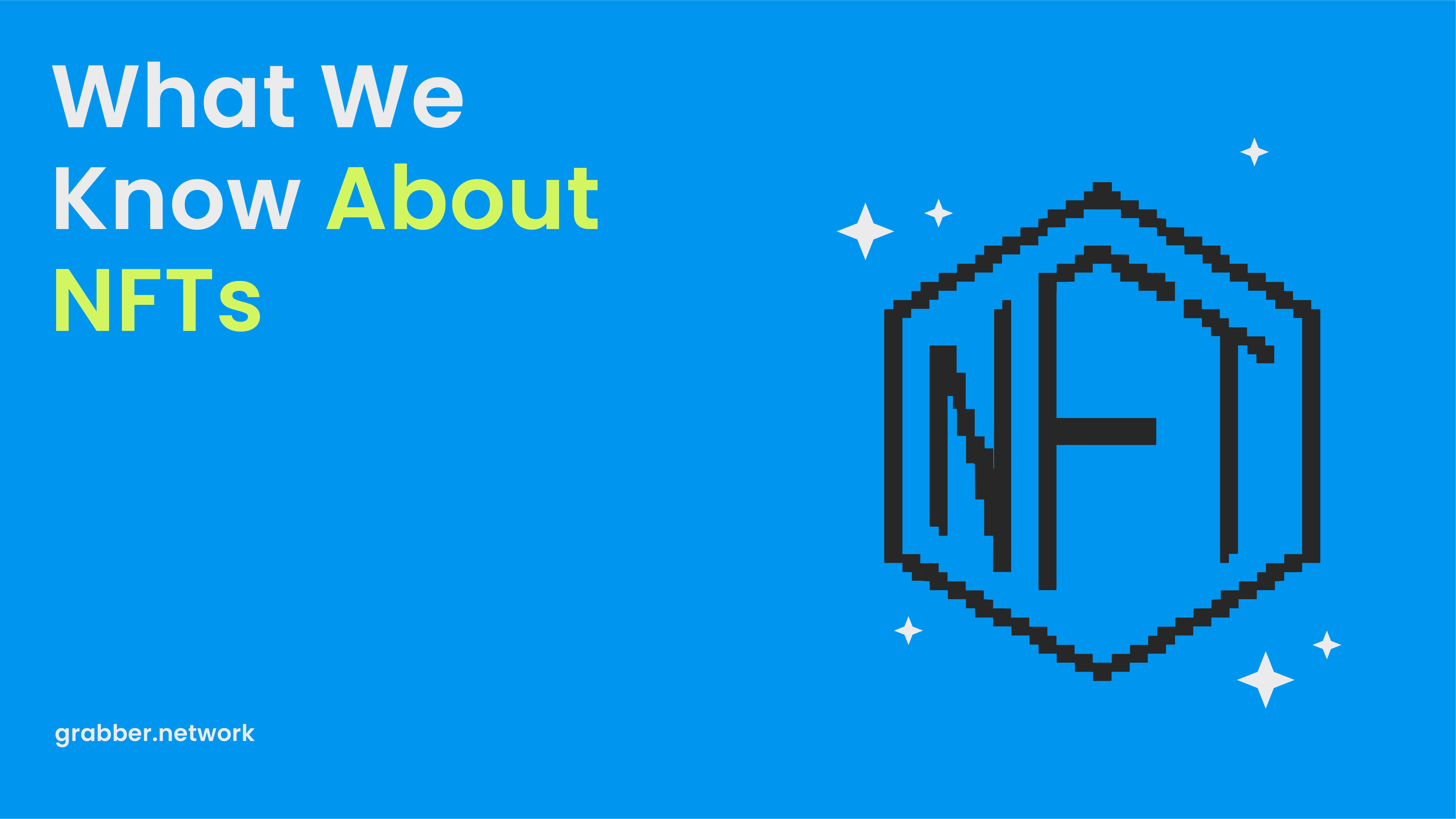
Content
What Is a Non-fungible Token (NFT)?
A non-fungible token (NFT) is a unique cryptographic token that is derived from smart contracts on blockchains. So far, NFTs exist primarily on the Ethereum chain, but in principle they are supported by any network that can run smart contracts, including Pulse, BSC and Polkadot.
From the point of view of the blockchain, NFT is simply a registry entry that carries a certain set of instructions and owner rights. The main difference between NFTs and other crypto tokens like Bitcoin or BNB is that one NFT is not completely identical to the other. Each NFT is a unique token with its own properties. It is usually also attached to a specific digital file, which then makes that file unique as well.
Even if you try to copy this digital file, the NFT’s serial number on the blockchain will not be copied and will remain with the original, thus making it the “true file”. NFT cannot be divided or replaced, so it is comparable to a completely unique item in the real physical world.
Examples of NFTs
NFT first appeared in 2017 on the Ethereum network as a Crypto Kitties game, in which you can grow and breed cryptocurrency tokens in the form of cats. Each such crypto kitty is an NFT: it’s completely unique in its DNA, which consists of 256 genes and 12 different attributes (fur color, eyes, nose, and so on). Each kitty also can’t be divided into several parts, which is another hallmark of NFTs. The blockchain contains information about this particular cat and its creator. And this token can be freely sold online. In 2018, the most expensive crypto cat was sold for $140,000.
But the real NFT boom happened in early 2021. From December 2020 to February 2021, total NFT sales rose from $12 million to $340 million per month. This is due to the fact that artists and netizens began to see new opportunities to sell their work. NFT has solved a major problem for digital art creators. The problem of authenticating an art object and its author.
And it’s not just digital artworks. For example, Kevin O’Leary said on one of his podcasts that when he buys new paintings for his mansions, he now always requires the creators to attach NFTs to them. These NFTs contain data about the painting, and are a very convenient way to check its authenticity, as well as see who the previous owners were and how many hands this piece of art went through. Similarly, you can now link NFTs to any other physical assets like cars, yachts, and more.
Largest NFT crypto sale to date has been at Christie’s of a JPG file combining 5,000 works by the artist Bipple entitled “Every Day: The First 5,000 Days”. This work was sold at the auction for US$69.3 million.
NFT games have also become popular, such as the game Axie Infinity, which allows you to grow cute monsters, breed them, upgrade them and pit them in online battles in the style of Pokemon. The game allows you to develop unique, one-of-a-kind creatures, and NFTs are eventually assigned to them, so the creatures can be later sold for cryptocurrency. The total capitalization of Axie Infinity now exceeds $1 billion, and at its peak it reached $9.4 billion.
The trend of digital collections has also developed in recent years. Thousands of similar, often script-generated, digital pictures that people can, for example, post as their avatars on Twitter and other social networks. These NFTs are sold and bought, it is a market for billions of dollars, and the prices of these digital artworks are often monitored like the currency exchange rate. The most famous and successful NFT collections are:
- Bored Ape Yacht Club (BAYC) — with overall trading volume of more than 2.5 billion USD
- CryptoPunks
- Meebits
- Cool Cats
- Moonbirds
Prices, trading volume, market cap and the number of NFTs in free circulation can be seen here.
Why NFTs Are Important
NFTs started out as essentially a toy for collectors and an opportunity for artists to earn money. Now NFTs are seen as a promising solution for protecting intellectual property rights and regulating the circulation and pricing of digital goods. This becomes possible since NFT not only confirms the originality of the file, but also carries information about its properties, which also cannot be changed, divided or copied.
NFTs allow you to protect the intellectual rights of artists, animators and many others who are now making content in digital format. Which, in the long run, can justify them creating really complex pieces of art that take months and even years to complete. Previously, such products immediately dispersed on the Internet, and the original author was difficult to find, so they received neither recognition, nor fame, nor decent compensation for their work. Now complex and unique digital artworks can be protected through blockchain ledger, so the original author can always be properly confirmed and compensated.
This is where the idea of ”digital scarcity” comes from. Digital assets can no longer be simply copied thousands of times, with each copy being completely identical to the original. Intellectual property can be securely protected. And humanity has also received a tool with which we can with certainty claim rights to a particular asset.
Are NFTs Safe?
Short answer: no. Long answer: it depends entirely on you. Just like anything on blockchains, NFTs cannot be hacked, corrupted, or substituted. In this regard, they are absolutely secure. But how you protect access to your wallet, and who you decide to trade with, is up to you.
Like any new technology, NFTs are subject to frequent attacks by hackers and other malicious actors. Since they contain smart contracts that can execute simple commands, inside NFTs, in addition to the link to the picture, there may also be some other code — for example, a code to send all of your cryptocurrency from MetaMask to the attacker’s wallet. This, for example, is used by some scammers who send “free” NFTs to celebrity addresses or simply to random wallets they find on the chain. By opening such an NFT, you are executing a smart contract, which can cause you to lose all the money contained in your wallet.
Also often targets of the attack are NFTs themselves — after all, some of them cost hundreds of thousands of dollars. The most common reason for losing NFTs is actually trading on unsafe exchanges (in general, on any others than OpenSea, Binance and Rarible). Such exchanges usually have much lower commissions and so they attract users, but there is no protection when transferring tokens, and sometimes attackers can steal millions of dollars’ worth of NFTs, posing as interested buyers and making a deal on one of these exchanges, or simply during the course of a conversation sending a phishing link for a seller to open.
Gradually, NFTs are becoming more and more secure, and there are fewer attacks, but still, when selling NFTs or receiving “free” tokens to your wallet, you should always be very careful.
How Can I Create NFTs?
Technically, NFT are no different from other crypto tokens, like ETH or BNB. They exist on a chain, and their primary function is to store data and facilitate easy transactions. Most often, NFT relies on smart contracts to work, therefore they mainly exist on Ethereum network and all transactions with them occur in ETH currency.
The process of creating NFTs is very simple — that’s why there are so many of them now. You can simply copy someone else’s contract but put in your own pictures. Or use one of many automated NFT creation projects like NiftyKit.com, NFT GO or NFT Creator, SketchAR, Enjin, Rarible, Proton Mint and even OpenSea itself. If for some reason you don’t want your NFTs to be on Ethereum, services like Bakeryswap and AirNFTs or Binance Smart Chain also exist, while Moonbeam aims to bring NFTs to Polkadot.
On the technical side, the step-by-step process of creating an NFT looks like this:
- Data digitization. The owner creates digital files that he wants to sell.
- Storage. The owner stores the created digital data in some cloud storage. It is also possible to save files directly on the blockchain, but that requires paying fees for processing, and on popular networks it can cost thousands of dollars, so few people choose to go this route.
- Data signature. The owner signs on the transaction, so that there could be no doubt as to who created this NFT. This signature can’t be forged, copied, altered or lost. After that, this transaction is sent to the smart contract responsible for minting the NFTs.
- Minting NFTs. After the smart contract receives the confirmed transaction, an NFT is minted.
- The sale of NFTs. Created NFTs (off-chain digital data + confirmed code on the chain) can now be sold on various open markets.
To create a token, in the end you only need two things: a wallet on the Ethereum network (or on another blockchain on which an NFT will be made), and a digital file that you want to make unique. In the simplest case, the process is the same as with creating a photo album on the cloud (say, in Google Photos): you create a folder, add files to it, give them names. And then you send this collection for processing to smart contracts so that each of these files receives a unique code on the blockchain. Keep in mind that you must have enough required tokens (BNB, ETH) in your wallet to pay the minting fee.
How Can I Buy NFTs?
Of course, you can try to buy the token directly from the person who has it. But mostly trading takes place on special crypto platforms and exchanges that are tailored to work with NFTs. These are platforms such as Rarible, Mintable, BakerySwap and OpenSea. The latter is the most famous, but all of them allow you to both trade NFTs and create new unique tokens.
To purchase NFT, you need to have a wallet on the same blockchain that NFT exists on (Binance Chain, Ethereum, Polkadot, etc.), or have one of the universal wallets that can communicate with many chains, like Trust Wallet or MetaMask.
However, due to such popularity, the main efforts of hackers and phishing services are also directed specifically at MetaMask users, so be very careful. The easiest way to protect yourself is to have multiple wallets: one to hold your important NFTs, and another one (with very light funds) to make instant trades. Only when you are sure that it was an NFT, and not a virus, that came to your “external” wallet, can you transfer it to your “internal” one. You will have to pay small fees for such transactions, within a few dollars, but the extra security is definitely worth it.
Read More:
Content
Receive updates from our blog
You may be interested
Learn basics in our free Wiki section!
